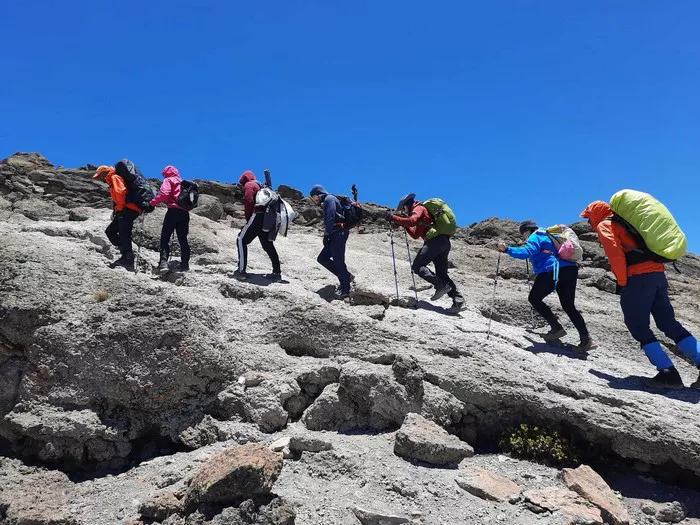Mount Kilimanjaro stands as one of the most iconic peaks in the world, beckoning adventurers and nature enthusiasts alike to its majestic slopes. Rising abruptly from the Tanzanian plains, Kilimanjaro is Africa’s highest peak and the tallest free-standing mountain on the globe. Climbing this imposing giant is a dream for many, but the question that lingers in the minds of prospective climbers is: How long does it take to conquer Kilimanjaro?
Understanding Kilimanjaro’s Varied Routes
The duration of a Kilimanjaro climb is influenced by several factors, with the chosen route being the most significant. Kilimanjaro offers several routes, each varying in length, difficulty, and scenic beauty. The most popular routes include the Marangu, Machame, Lemosho, Rongai, and Northern Circuit routes, with each presenting its own unique challenges and charms.
Marangu Route: The Shortest Option
The Marangu Route, often dubbed the “Coca-Cola Route” due to its amenities and popularity, is the shortest path to Kilimanjaro’s summit. Typically completed in 5 to 6 days, this route offers relatively comfortable accommodations in mountain huts along the way. While the Marangu Route boasts a more gradual ascent, it also tends to be more crowded compared to other routes.
Machame Route: A Balance of Challenge and Scenery
For those seeking a more challenging yet scenic route, the Machame Route presents an enticing option. Spanning 6 to 7 days, this route traverses diverse landscapes, including lush rainforests, alpine meadows, and barren lunar-like terrain. With steeper ascents and descents, climbers must contend with varied terrain and altitude changes, requiring a moderate level of fitness and acclimatization.
Lemosho and Northern Circuit Routes: Extended Journeys for Acclimatization
The Lemosho Route and its extension, the Northern Circuit Route, offer longer and more gradual ascents, allowing climbers ample time for acclimatization. Taking approximately 7 to 9 days to complete, these routes provide breathtaking panoramas and lower crowd density. The extended duration increases the likelihood of a successful summit attempt while reducing the risk of altitude-related illnesses.
Rongai Route: A Unique Approach from the North
Originating from the northern side of Kilimanjaro, the Rongai Route provides a less traveled path to the summit. Spanning 6 to 7 days, this route offers diverse landscapes and a sense of solitude compared to busier routes. While the Rongai Route may lack the scenic diversity of other paths, its tranquility and unique perspectives make it a compelling choice for adventurers.
Factors Influencing Climb Duration
Beyond the chosen route, several other factors influence the duration of a Kilimanjaro climb:
1. Fitness Level:
The physical condition of climbers significantly impacts their ability to tackle Kilimanjaro’s challenges. Adequate training and preparation beforehand can enhance endurance and mitigate fatigue during the ascent.
2. Acclimatization:
The body’s ability to adapt to high altitude is crucial for a successful Kilimanjaro climb. Longer routes with gradual ascents provide more time for acclimatization, reducing the risk of altitude sickness and improving the chances of reaching the summit.
3. Weather Conditions:
Kilimanjaro’s weather can be unpredictable, with conditions varying from extreme heat to freezing temperatures. Seasonal factors, such as rainfall and snowfall, can affect trail conditions and visibility, potentially prolonging the climb.
4. Guide and Porter Services:
Engaging experienced guides and porters can streamline the climbing process and ensure the safety and well-being of climbers. Their expertise in navigating the terrain and providing logistical support can contribute to a smoother and more efficient ascent.
Conclusion
In conclusion, the duration of a Kilimanjaro climb varies depending on several factors, including the chosen route, fitness level, acclimatization, weather conditions, and the quality of guide services. While some climbers opt for shorter, more direct routes like the Marangu Route, others prefer longer routes such as the Lemosho or Northern Circuit for enhanced acclimatization and scenic beauty. Regardless of the chosen route, proper preparation, including physical training and acclimatization, is essential for a safe and successful summit attempt. Ultimately, conquering Kilimanjaro is not just a physical feat but also a journey of self-discovery and awe-inspiring natural beauty.

